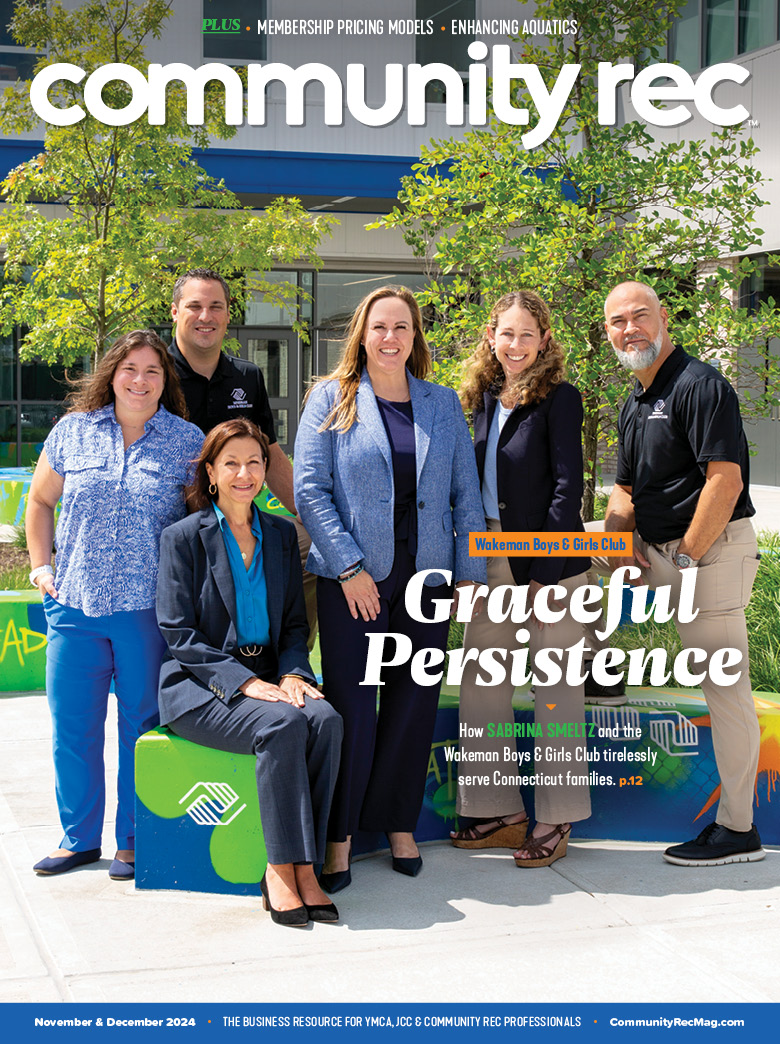A certain percentage of the population finds traditional weight bearing fitness modalities, such as treadmills, ellipticals, upright lateral trainers or stair climbers to be too intense. People who cannot support their own body weight (full load bearing) on an upright machine will do one of two things: lean forward onto the machine, thereby putting themselves out of alignment, or stop altogether. So they end up using the machine wrong, creating shear in the knee and deactivating the glutes, or not using it at all.
Recumbent lateral trainers provide a safe and effective alternative for these users, while delivering many of the same benefits of upright lateral training, i.e. multi-planar training, muscle activation in several areas typically left untrained by traditional cardio, and correct knee flexion and hip engagement.
Lateral strength and stability are essential to proper biomechanics for everyone, from seniors fighting functional decline to elite athletes and everyone in between. There are no traditional recumbent exercise modalities that create the multi-planar stimulus delivered by recumbent lateral trainers.
In fact, recumbent lateral training effectively engages the gluteus medius, gluteus maximus, vastus lateralis, vastus medialis and quadriceps. This glute engagement helps create power and speed in elite athletes, but for other populations, it contributes to stabilizing the knees. For the Silver Sneakers population, the lateral strength created by lateral training — both upright and recumbent — can increase stability, which can translate to fall prevention.
Exercise bikes, recumbent or upright, and recumbent steppers are antero/posto-linear movements. (NOTE: An upright spin bike or upright exercise bike, when ridden aggressively out of the saddle, can recruit some lateral musculature. However, most seniors will not ride in this manner). What this means is none of the exercise modalities typically prescribed to seniors do anything to help lateral stability. Lateral stability and strength, and balance/proprioception are the items with the most bearing on fall prevention.
In summary, recumbent lateral training delivers:
- Bi-directional multi-plane resistance, for more effective training and greater calorie burn than traditional recumbent fitness modalities.
- Correct knee flexion and hip engagement.
- Engagement of gluteus medeus, gluteus maximus, vastus lateralis, vastus medialis and quadriceps, which results in a broad range of benefits: greater muscle activation and metabolic cost (compared to other recumbent exercise modalities), greater knee stability, and greater power generation (for athletes).
- By improving lateral strength and stability, recumbent lateral training aids everyone from athletes (better performance) to seniors (fall prevention).
Scott Logan is the vice president of sales and marketing and a principal of Helix Lateral Trainers. He has been in the fitness industry since 1990, and joined Helix 6 years ago.










